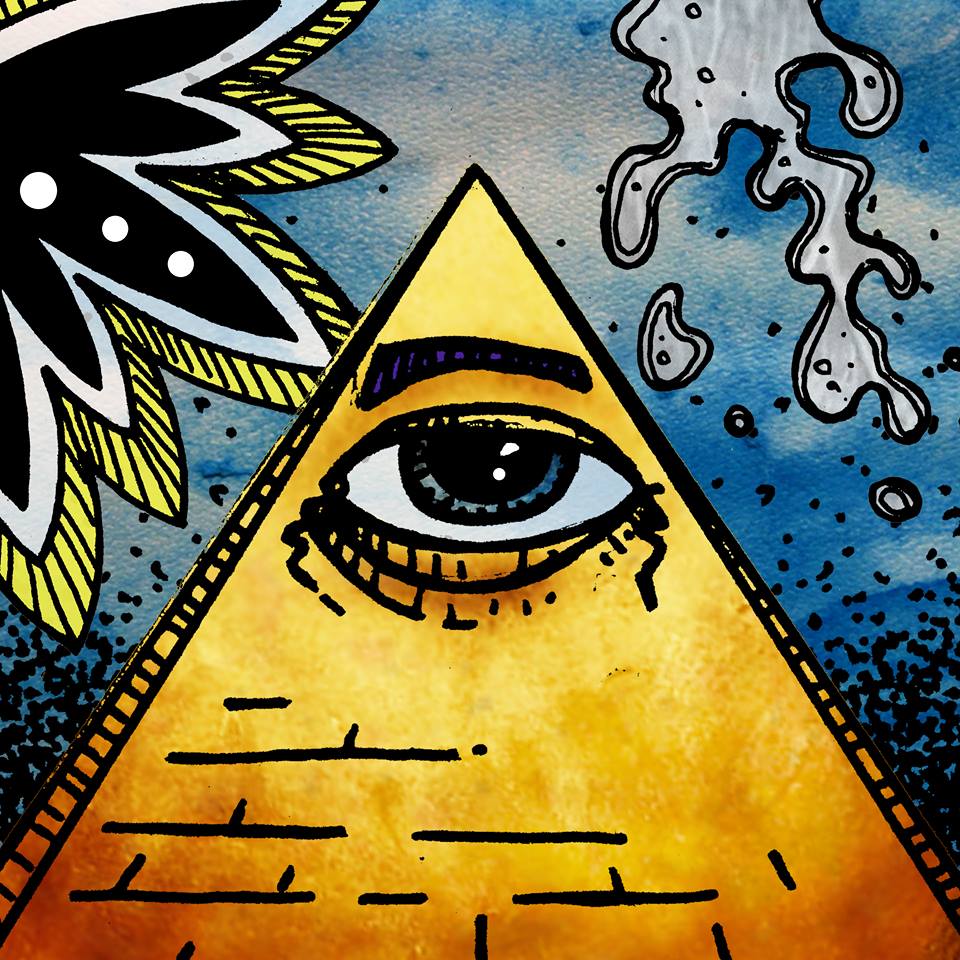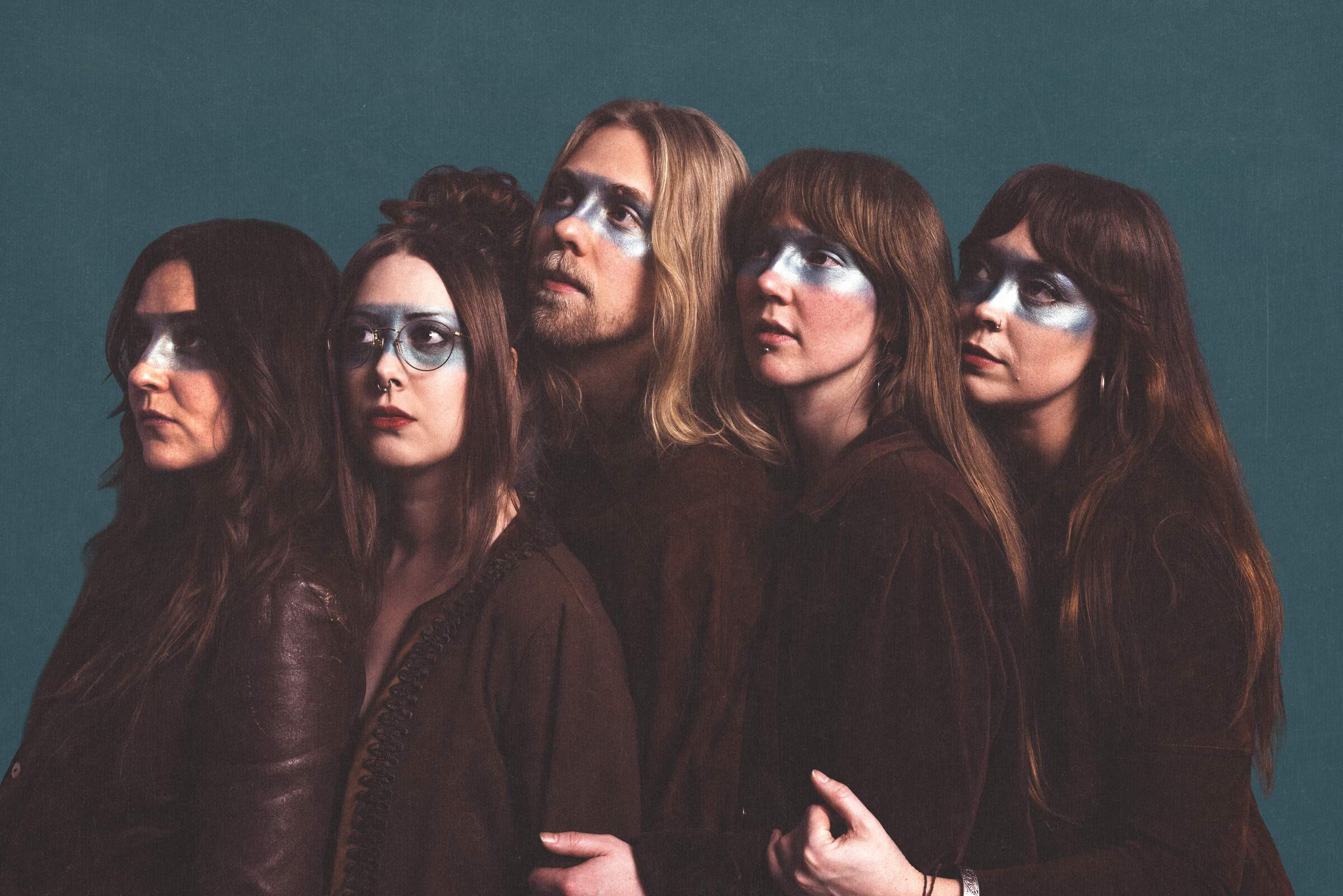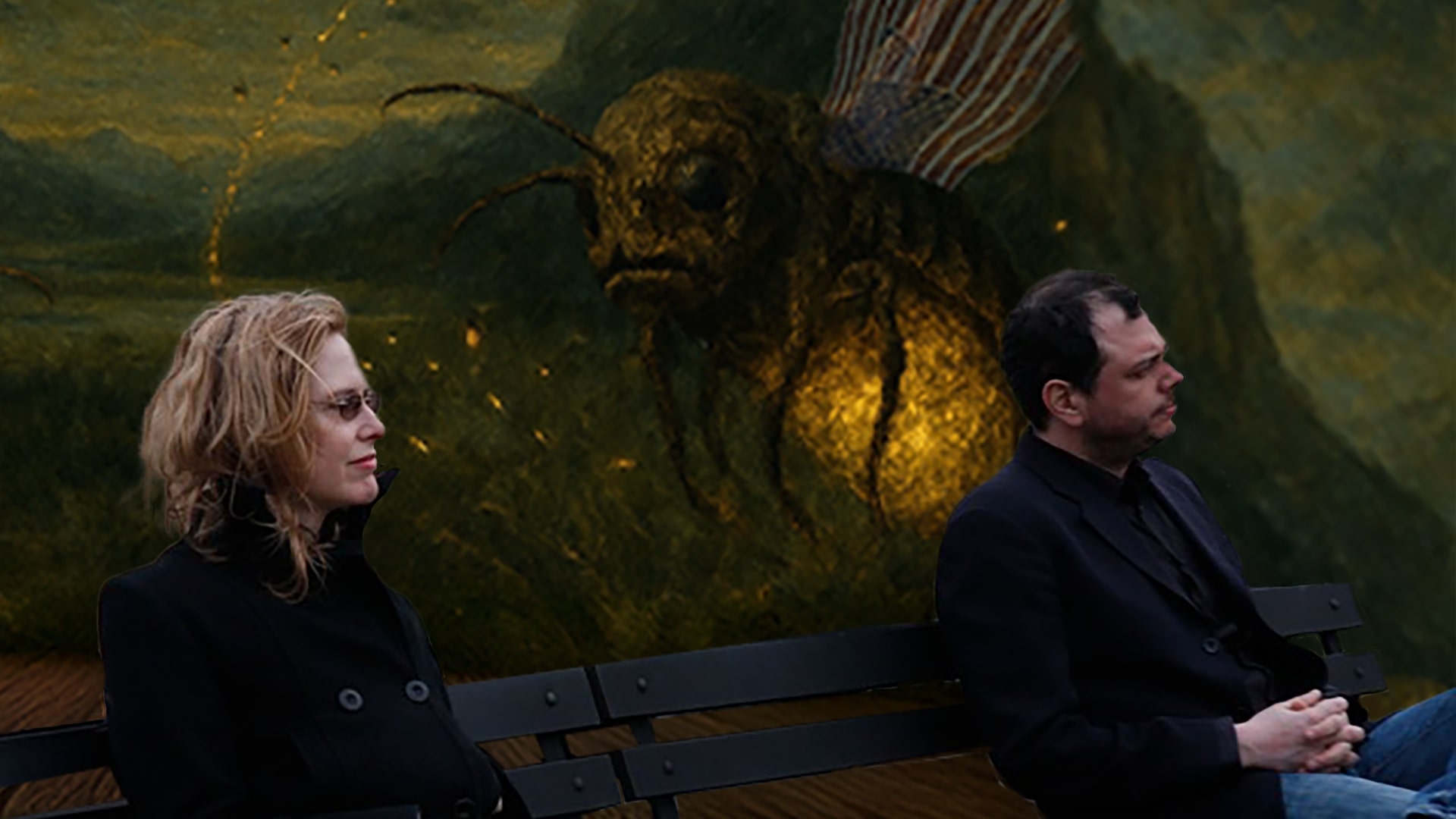1960s & 1970s festivals
It is almost impossible to talk about the music of the 60s and 70s without remembering the great outdoor festivals filled with long-haired visitors. Music reached its most intimate connection with audiences during live performances, which were always more exciting than the frozen, unchanging notes that came out of the speakers in our rooms. This was already known to the old jazz musicians, who in smoky clubs, carried by inspiration and perhaps by opiates, created bebop. And this was certainly what Jim Morrison had in mind when he spoke of making love to the masses.
The 60s, with all their charms, liberated mankind from the shackles of the mind and enabled people to follow the Dionysian call, to echo the depths of the heart while neglecting the limitations posed by the cold intellect, which is already deceived by imperfect senses. Here came the pioneers, Timothy Leary, Aldous Huxley, and Stanley Owsley, who delved into the deep sea of the unconscious and discovered the cosmos within. It is the cosmos that lies inside us, which we can only reach with a heart freed from the chains of the mind. All is one — the old sages of the East had always spoken of this.
In those days, music followed the path of the heart. Live performances sounded unique, and today we can no longer truly repeat that sound. No matter how advanced your technical or production skills may be, the mind will never penetrate where once the heart did. Listen to Cream live. Or the Grateful Dead. Or Quicksilver Messenger Service. Listen to the savage improvisation of Baby Grandmothers. Hear “Live in Nazilli” and ride the magic carpet with Erkin Koray. Give pleasure to your ears, and let them feel the orgasmic joy of “Live in Berlin” by Ash Ra Tempel. These sounds are not of the surface world, but of the discovered cosmos — the singing of the collective unconscious, echoes of eternity, and perhaps even a touch of the voice of God himself.
People of that time were open, and the overall zeitgeist was returning humanity to an innocent, almost primordial and childlike level. It seemed as if the spirit of mankind, at the moment of enlightenment, had touched its own roots and completed its spiritual odyssey. When someone says in conversation that Woodstock would be the first place they would visit if given a time machine, I immediately know I will no longer discuss music with that person. It is like a would-be art connoisseur praising Leonardo and Picasso as the pinnacle of human creativity without truly knowing their work. But what about Manet? Munch? Caravaggio? And so it is with music. Why Woodstock? Why not the Denver Pop Festival? Or Atlanta Pop Festival? Or Summer Jam at Watkins Glen?
The truth lies in the film. It was the film that created the myth of Woodstock as the greatest of all festivals, thus cementing one of the defining symbols of rock and roll and hippie culture for future generations of young rebels. If, by chance, the Seattle Pop Festival had been filmed and widely circulated, it might have become greater than Woodstock. The same could be said of the Bath Festival of Blues and Progressive Music. Musically speaking, Monterey Pop Festival was superior. The Isle of Wight Festival (especially the third) was larger in scale. Altamont was certainly more scandalous.
But do not misunderstand me: I TRULY LOVE WOODSTOCK. I consider it excellent, yet I must emphasize that there were many other festivals, some of them even superior. And they were held all over the world. At the Festival de Avándaro in Mexico in 1971, the brilliance of bands such as Los Dug Dug’s, Three Souls in My Mind, and the brass-rock group Bandido was confirmed. Or think of the Festival de Vera Guarapari in Brazil, 1971. Or the Festival de Águas Claras in 1975, also in Brazil, where legendary performers such as Os Mutantes and Arnaldo Baptista played. In Yugoslavia there was a whole range of Boom Festivals, featuring big bands like Time, Smak, and Drago Mlinarec. In Czechoslovakia, illegal underground festivals showcased unusual groups such as DG 307 and The Plastic People of the Universe. Not to mention the countless festivals across Europe, Australia, and Japan.
The music at these gatherings was eclectic. At the Texas Pop Festival, for example, you could hear the thunder of Led Zeppelin, the folk sounds of the Incredible String Band, and the gentle blues of B. B. King’s “Lucille” in a single night. Or at the Boom Festival in Ljubljana in 1972, you could experience the acoustic blues of Tomaž Domicelj, the hard rock of Had, and the deep psychedelia of Mladi Levi with “Spominjam se antimaterije.” At Woodstock, Ravi Shankar performed, while at the Isle of Wight, Miles Davis appeared. I once read that Johnny Cash was invited to Woodstock but allegedly refused, unsure how a hippie audience would accept him — though in truth they would likely have embraced him, as they did Bo Diddley, Chuck Berry, Little Richard, and Jerry Lee Lewis at the Toronto Rock and Roll Revival.
As time passed, new musical forms emerged. Yet eclecticism as a paradigm remained, and by the late 70s, you could see Ian Gillan, Sham 69, and Lindisfarne (Reading ’78), or Gong, UK Subs, and John Martyn (Glastonbury ’79) all at the same festival. This marked the beginning of a new epoch. Music lost its tendency to wander through transcendental landscapes, surrendering instead to the chains of marketing. Bands increasingly strove to sound the same live as in the studio, and the audience no longer wanted to feel and experience the music, but only to pass the time — no pleasure, no catharsis.
— Martin Okun




Cool photos. I love the new header BTW. 🙂
thanks for the tips and information..i really appreciate it..
festivals in cyprus